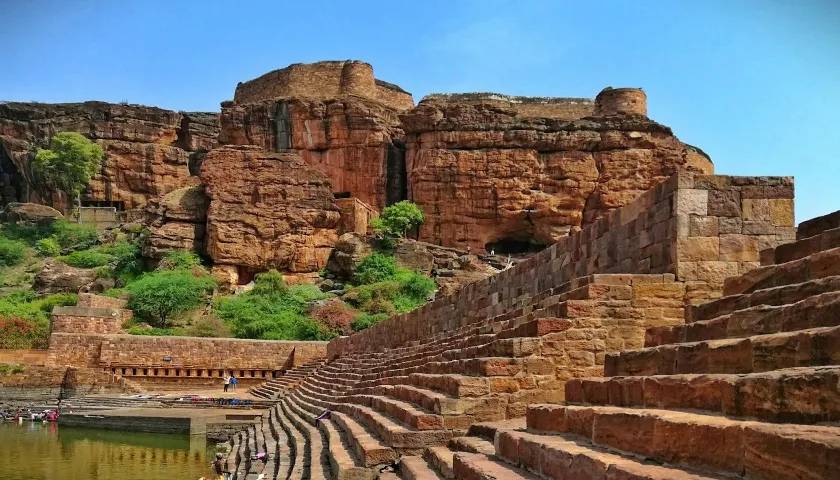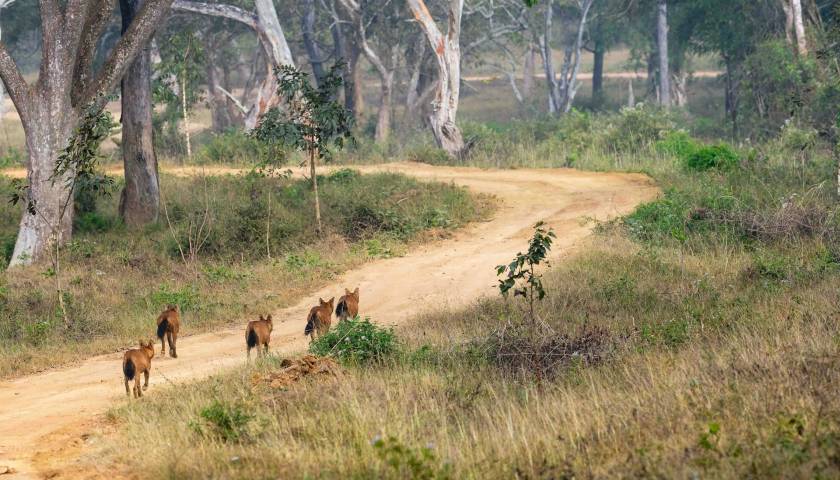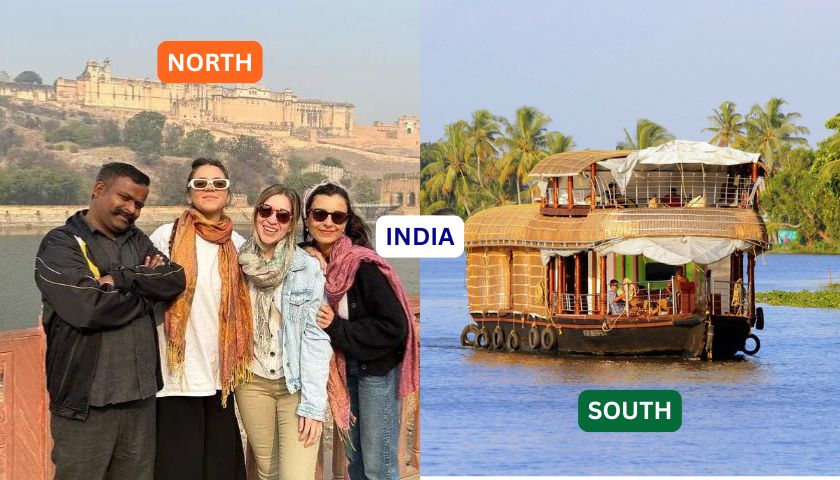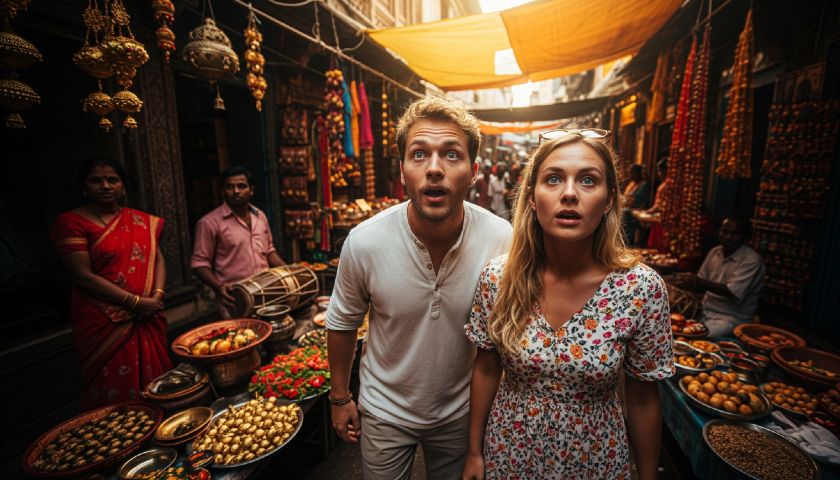-
DESTINATIONS
East India
Central India
-
TRAVEL STYLES
-
LUXURY
-
SAME DAY
-
WEEKEND
- PLAN YOUR TRIP
-
DEALS
Save Up to 50%
-
OUR COMPANY Your Trusted Tour Operator Since 2011!












